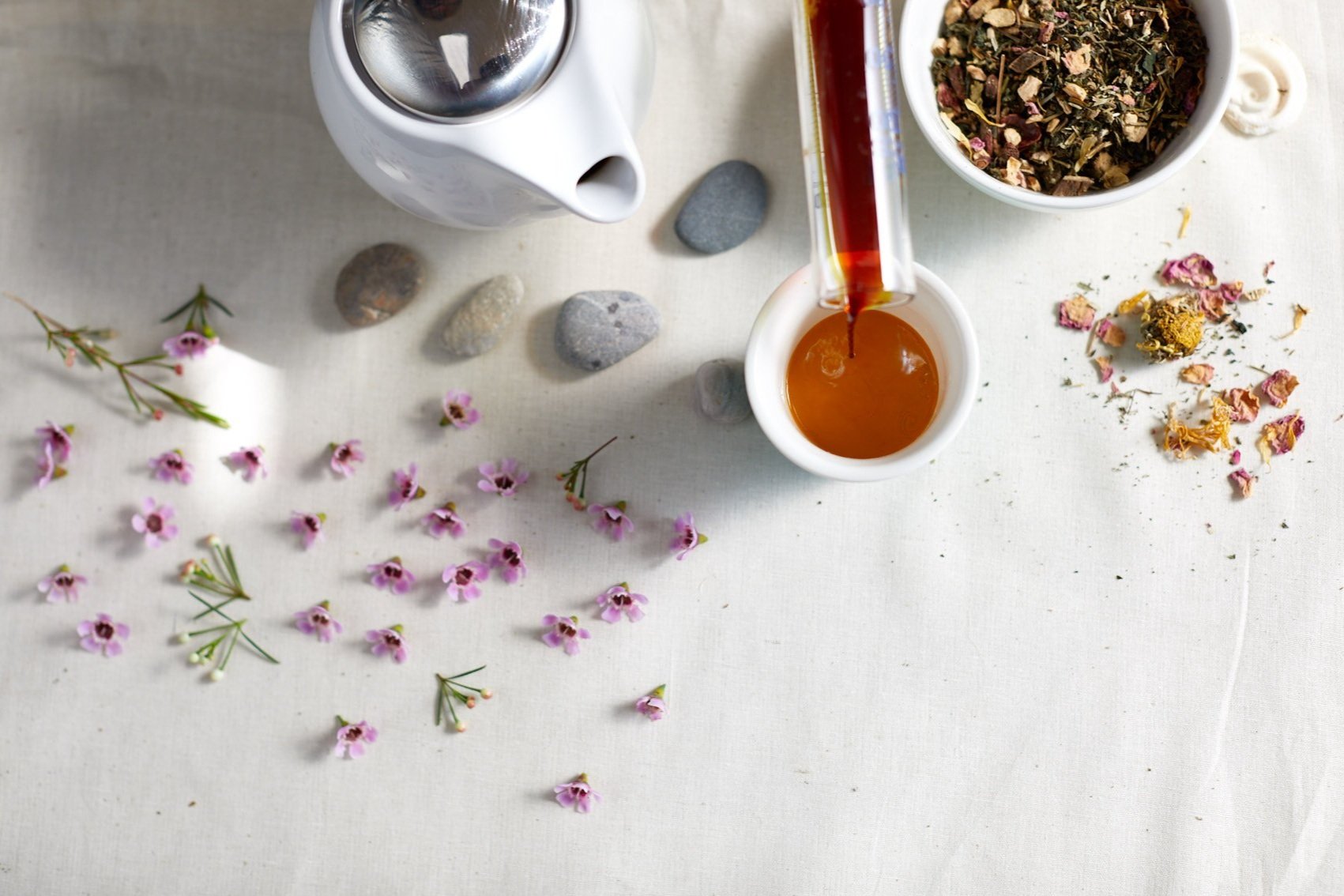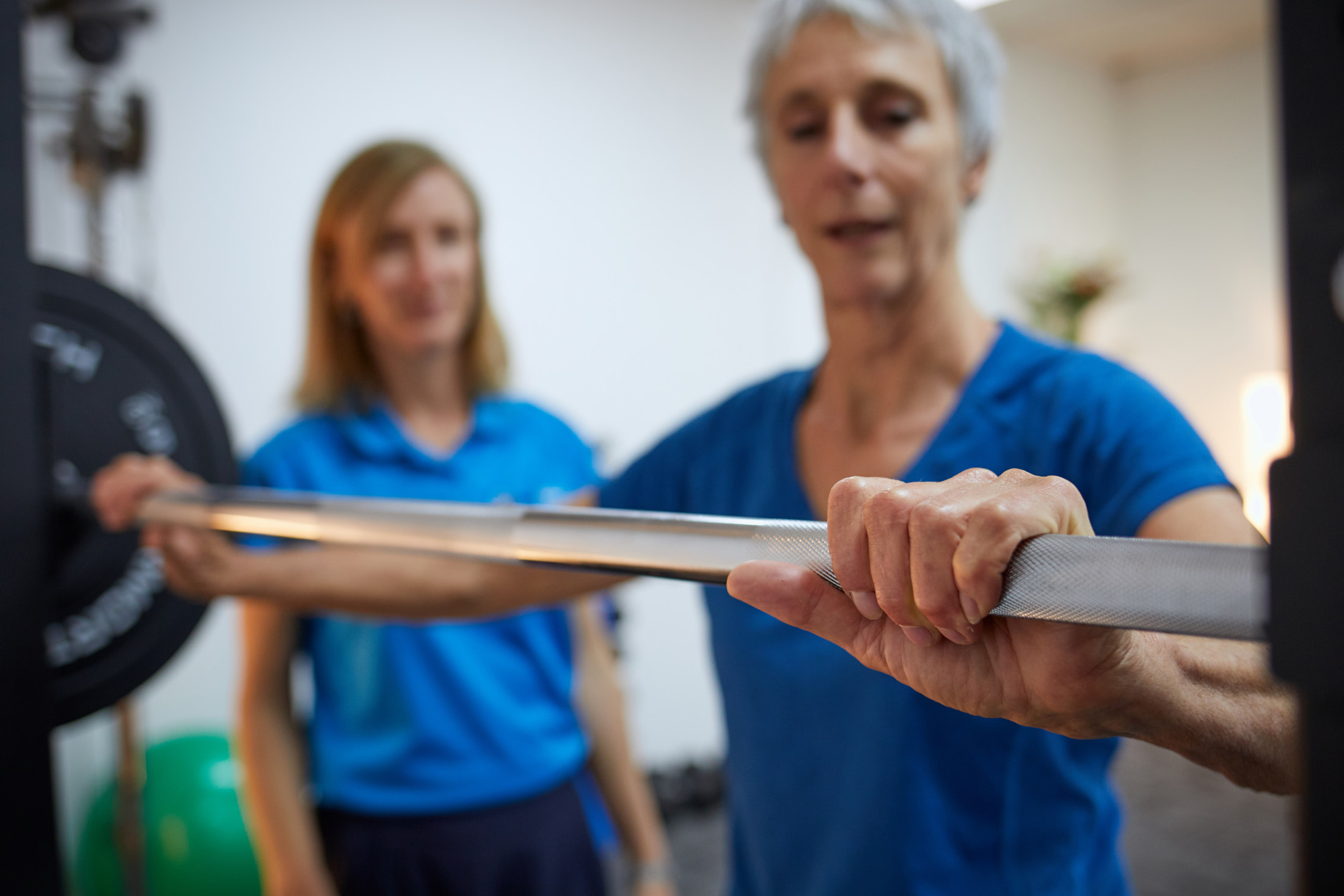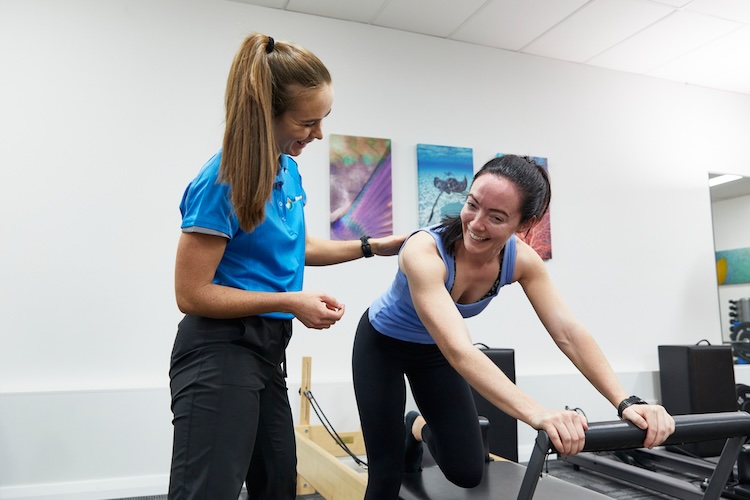Sasha Wray Occupational Therapist and Naturopath, Next Wave Therapy (Fremantle area)

The Secret to Natural Pain Care
Many people turn to natural therapies or self help strategies in an attempt to gain relief from pain. Often they do this out of desperation because nothing else has worked.
The problem is that the many ‘potions, lotions and notions’ people turn to, also don’t work. The secret to treating pain naturally is to use the right remedy, therapy or strategy for you and in the correct way. This can only be achieved with a well considered plan that is formulated with you and based on your needs and personal circumstances.
What’s wrong with ‘Potions, Lotions and Notions’ for Pain Relief?
I use the term ‘potions, lotions and notions’ as it is sometimes used to undermine the value that natural medicines offer for pain care; in the same way the neat lists that appear on many web based articles do. A quick google search reveals many suggestions of ‘potions’ like herbal medicines and nutritional supplements; ‘lotions’ of essential oils or pain relieving creams; and ‘notions’ like positive thinking and meditation. They are generally touted as easy to try, inexpensive, safe and natural pain relievers. At surface value the advice is usually spot on and evidenced based. But there’s a catch!
Potions and Lotions
The herbal or nutritional medicine suggested may not ‘work’ because it was not indicated for that persons pain condition. Or the incorrect dosage was used or it wasn’t taken in combination with other needed medicines or therapy. If for example, you decided to try turmeric because you read it was a natural anti-inflammatory, that’s fine. But, the turmeric may have been more efficacious if taken in combination with PEA or magnesium. Or if for example, you decided to try a heat pack but didn’t also consider the need to pace your activities through the day, then the well indicated heat pack may not ‘work’.
Notions
Most people with persistent and/or complex pain struggle to use these strategies or do them without some sort of help. Plus these lifestyle factors may be contributing to the persistent pain in the first place! Here’s a typical list of evidenced based ‘notions’ that do work but that people with pain may need help with:
-
Get a good night sleep
-
Exercise 15- 30 minutes a day
-
Meditate and Relax
-
Spend time in nature
-
Set SMART goals
So when a person who lives with pain reads articles that list in neat bullet points “easy to use tips for curing pain”, it is no wonder they are left feeling even more helpless and hopeless.
Treating Pain Naturally
Nothing is more natural than self care. And this is the ultimate goal for every patient I treat. The following are SELF CARE options with a bit more information that may help you navigate your way to more meaningful pain solutions.
S for Sleep
Getting enough sleep is critical to managing pain. Sleep complaints are present in 67-88% of people with chronic pain. (3) However, the usual ways of promoting sleep like exercise, meditation practice or other psychological techniques aren’t always possible for someone who lives with pain. And commonly used medicines such as melatonin and Valeriana officinalis don’t always work. Find more on Occupational Therapy and Naturopathy for sleep here
E for Exercise
Exercise helps to stretch muscles, relieve physical tension and it releases endorphins. Endorphins are the natural pain killers produced by your body. They work by binding to the opioid receptors in your brain to block the perception of pain. Exercise outdoors also means sunlight exposure. Just 10 – 15 minutes a day outdoors helps the body produce vitamin D which can help reduce chronic pain (Ref. 2) boost your mood and improve immune function.
But what happens if you pain stops you from moving? Or you experience fatigue? A physiotherapist who understands pain is the best place to start for exercise prescription. Also consider functional fitness or incidental exercise that comes from going about your daily routines.
l for Love
Love what you do! This is all about living a meaningful life, being able to undertake your occupations (the things that you need, want or are expected to do) and having satisfaction in life. A sense of meaning and purpose in life is a strong predictor of good psychological and physical wellbeing (4) which is needed for pain management.Occupations are the everyday activity’s that we do most days, such as tending our garden, growing our children or driving to work. They often become habitual and so their many layers of complexity are obscured. And it becomes easy to lose sight of the power they hold in shaping our quality if life, our health and wellbeing. Read more on the power of occupation here.
f for Feast
A healthy diet is the cornerstone of good health. When it comes to pain, the nutritional advice varies depending on the condition. For example, inflammatory bowel disease (IBD), irritable bowel syndrome (IBS) and rheumatoid arthritis (RA) all have different dietary recommendations. But in general, including more anti-inflammatory foods into your diet is helpful. This can be achieved by adopting a more Mediterranean style diet. A naturopath can help you devise a diet specific to your needs.
c for Communicate
Pain care starts with a conversation and the importance of having support cannot be over emphasized. Having people in your life who understand your pain experience and how best to support you can make a huge difference. Talking with your family and friends about how you are feeling and how they can support you is the first step. Sometimes therapy can involve setting up what I call a PUMPain plan which identifies the stages of a person’s pain experience and the different strategies they need to use at these times. This plan is useful to share with your support team so that everyone knows in what way they can support you when you need it.
a for Accept
Acceptance is a person’s assent to the reality of a situation. It is about recognizing a process or condition without attempting to change it . Other ways of understanding acceptance is that is about opening up or making room for discomfort or pain. It is the umbrella strategy alongside commitment in Acceptance and Commitment Therapy (ACT).
r for Relax
Being able to relax is possibly one of the greatest challenges for someone with pain. And yet eliciting the relaxation response is a very potent antidote to the negative effects of stress on pain. Relaxation down regulates a person’s neural arousal, it combats the stress response and sets up a positive cascade of events that can change how someone moves, thinks and feels. MOre on relaxation therapy and stress can be read here and about trauma here.
Breath awareness is my preferred method of relaxation because it can be done anytime, is free and requires no skill development.
E for Engage
Being able to fully participate in life is the key to pain care. When you see an occupational therapist we are more interested in what matters to you, than what the matter is with you. What matters to you are al the things you need, want or are expected to do in life (your occupations). If you can’t do these life activities because of pain, a viscous cycle is formed where less activity equals more pain and less life satisfaction. Being able to engage in life activities again may mean a person needs to learn how to pace for pain management, review their values and examine what it is that is truly meaningful to them. Read more on pacing here or here.
Understanding pain
Anyone who has persistent pain will know that pain is complex and needs a holistic person centered approach that embraces all social, psychological and biological options available. A multi-disciplinary team of GP, physiotherapist, and occupational therapist is a great starting point. Specialist physicians, psychologist or nutritionist may also be needed. This article has given some self care tips but also shown that it’s not always as easy as taking a herb, changing a diet or adopting a new exercise routine. These natural therapies help but sometimes a person needs help to implement them.
If you need help with pain care, please get in touch.
Written by Sasha Wray, Occupational Therapist, Naturopath and Acupressure Practitioner at Next Wave Therapy
REFERENCES
-
Kaufman DM, Geyer HL, Milstein MJ. In: Neurologic aspects of chronic pain. Kaufman’s Clinical Neurology for Psychiatrists, 8th Edition. 2017:309.
-
Wu Z, Malihi Z, Stewart AW, Lawes CM, Scragg R. Effect of vitamin D supplementation on pain: a systematic review and meta-analysis. Pain Physician. 2016; 1997):415-27
-
https://www.ncbi.nlm.nih.gov/pmc/articles/PMC4046588/
-
Zika, Sheryl, and Kerry Chamberlain. “On the relation between meaning in life and psychological well‐being.” British journal of psychology 83.1 (1992): 133-145.






